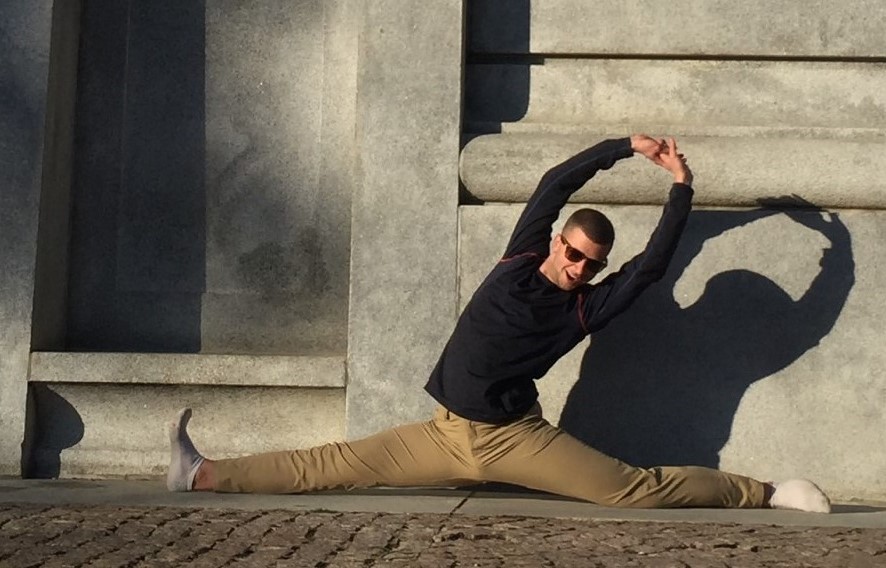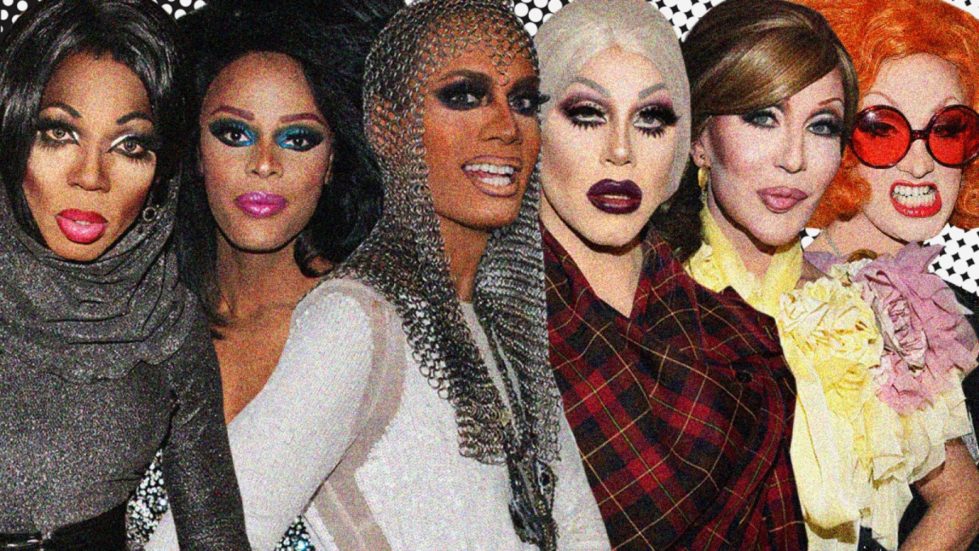An exploration of lip syncs in RuPaul’s Drag Race through network analysis.
The lip sync is the ultimate test of a drag queen’s ability, and the conclusion of every episode of RuPaul’s Drag Race. Using social network analysis, I attempt to explore the lip sync prowess of contestants on the show. Using the frequency that a queen lip syncs, what episode and season the lip sync occurs on, we can create a comprehensive network of drag queens, identifying some of the most prolific lip syncers, biggest losers, and silent winners.
Introduction
Now entering its 9th season, hit show RuPaul’s Drag Race (RPDR) continues to project the avant-garde art of drag into the mainstream and influence popular culture. Where drag queens come to compete for the title of ‘America’s Next Drag Superstar’ and display their multifaceted talent (fashion, acting, singing, sewing, comedy), RPDR is home to the original lip sync battle. Every episode, the two worst performing queens lip sync against each other, battling for the right to remain in the competition. This network analysis is aimed primarily at visualizing all the contestants on the show and how they are connected by their interactions via lip syncs. A little more context on the show and lip syncs will frame some of the attributes we explore.
Season – Seasons of the show, 1-8, are distinct communities, with interactions only occurring between queens on the individual seasons. However, two All Stars seasons also exist and bring together top favorite queens from all seasons to compete, creating brokers that connect seasons.
Episode – The episode in which a lip sync occurs is relevant to the analysis. As a season moves forward, weaker queens are weeded out of the competition. Conversely, the further in the season, the fiercer the competition and the more significant a lip sync victory becomes.
Other available node attributes are Age, Hometown and Outcome. Other edge attributes are Song Performed.
Methodology and Results
1 – Data Collection
Data collection was one of the most challenging parts of this project. Two sources were considered for the data, RuPaul’s Drag Race Wiki, and the Wikipedia pages for each season of the show. Believe it or not, this was not my first foray into collecting drag data, having used the rvest package in R to scrape data from the tables on RuPaul’s Drag Race Wiki quite unsuccessfully. Because of this I chose to use the Wikipedia pages for the seasons which included data on the nodes and edges that I needed to collect and simply manually copy and paste the data into excel and reformat it there.
Nodes
Each Wikipedia page for the seasons has a nice table of descriptive information on the contestants which was easily copied and included the attributes, Contestant, Name, Age, Hometown, Outcome and Season.
Edges
The edges were the more challenging part of the data to collect, tables including the necessary data were available in the Wikipedia pages, but did require significant reformatting and some augmenting. Attributes collected for this data were To, From, Song, Eliminated, Season and Episode. Three different versions of this data were created, detailed in the sections below.
2 – Seasons 1-8
The first network I wanted to create was just the “authentic” lip syncs from seasons 1-8. Because the format of the show is not consistent, there were challenges and choices in how to construct the edges data and visualize the network. In past seasons, queens must lip sync right up until the last episode, where the last two queens duke it out for the crown. In later seasons to protect the identity of the winner from ‘coming out’ before the episodes aired the show has switched to finale after the season airs where the winner is announced. Thus, in the last episode of the show, the top three or four queens ‘lip sync’ against each other, but really, they just meander around the stage while pre-recorded monologues play about why they should be ‘America’s Next Drag Superstar’. For this reason, I created two separate edges datasets, one which includes only true lip sync battles which I’ll visualize here, and another that includes the final episode lip sync interactions that will be introduced in the next section.
Seasons 1-8 Lip Syncs
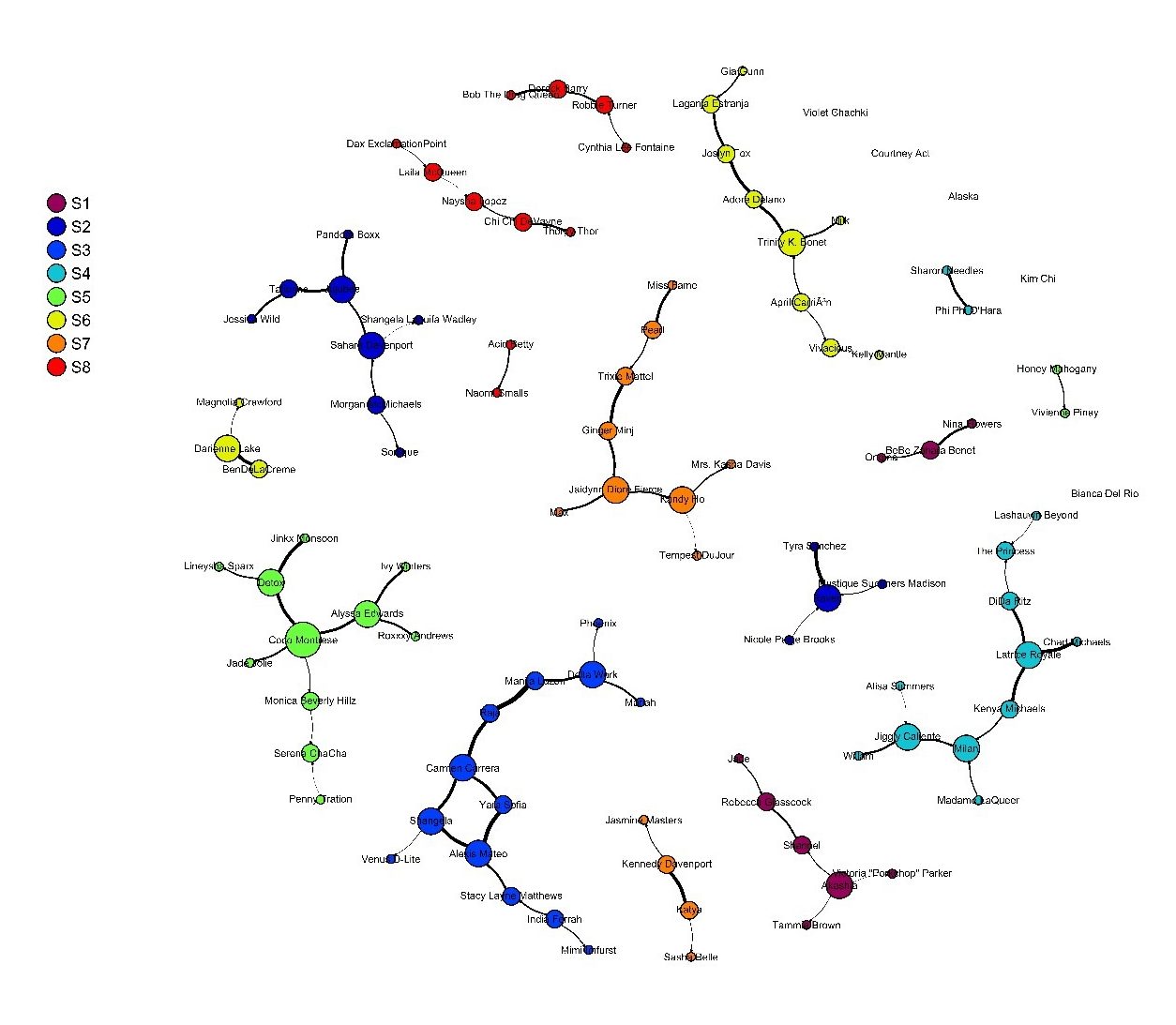
In this and following networks, the nodes are color coded by season, the size of the nodes indicates the number of lip sync interactions and the width of the edges indicates the episode in which the lip sync occurred.
We can see that the show’s seasons form discrete components with each other. The network does a great job of displaying the some of the fiercest queens with high lip sync centrality and who still slayed tough competition in later episodes. In this network, Coco Montrese has the highest lip sync degree of any queen, four in one season! We can also see some seasons that break into separate components where not all the queens in a cohort are connected to one another by lip sync interactions. We also see some smaller isolated components that represent one-off events, for example the very sad, tiny component of only Vivienne Panay and Honey Mahogany, representing the first double elimination in herstory, the jaw dropping moment when RuPaul eliminated both queens after they failed to excite anyone at all in their terrible performance of Britney Spears "Oops!... I Did It Again". Unique to this iteration of the network we can see a few queens who are alone with interactions, having never been in the bottom two at any point in the competition and thus never having lip synced (Courtney Act, Bianca Del Rio, Violet Chachki, Alaska and Kim Chi). I like to call them ‘silent winners’. This network has a density of 0.0162 and a modularity of 0.906. This very high modularity is due to the discrete components of seasons.
3 – Seasons 1-8 & Final Lip-syncs
When we include interactions between queens in the final episode lip syncs, we see a higher centrality between top queens in the competition and get a more comprehensive image of the entire season. However, including these interactions inflates the frequency of lip syncs of queens who make it to the top three significantly because of their three and sometimes four way interactions. This also generates the first cliques we see in the network, forming between the queens who make it to the final episode, these cliques between top queens also exist in real life.
Seasons 1-8 Lip Syncs & Final Lip Syncs
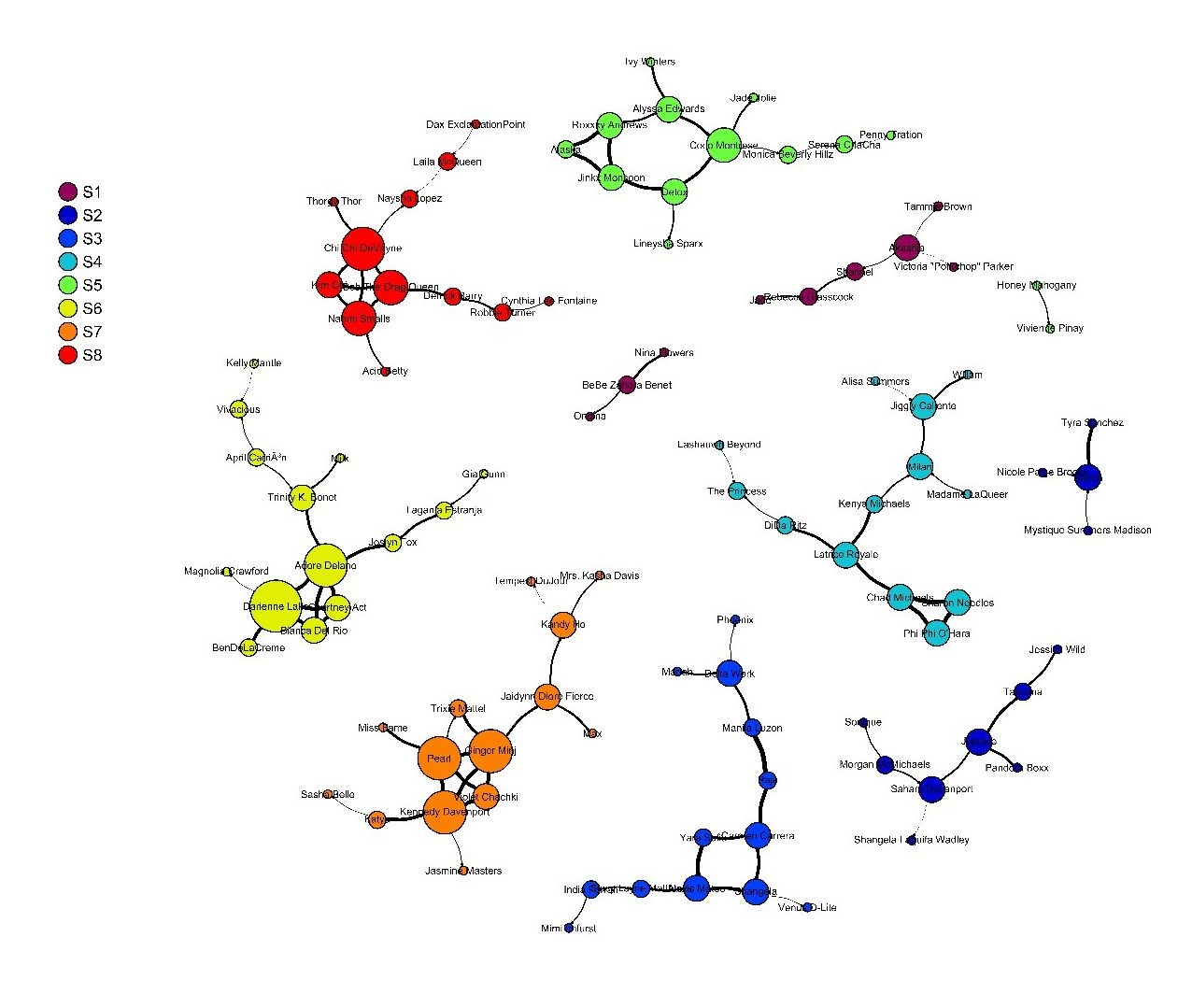
In this network, we see that Darienne Lake from Season 6 now has the highest lip sync degree, five! This network has a density 0.0210 of and a modularity of 0.877.
4 – Seasons 1-8 Final Lip-syncs & All Stars
This network is the final iteration of the edges dataset, including data from All Stars seasons of RPDR where fan favorites and all around top queens return to form incredibly competitive cohorts. By including these seasons, we finally have lip sync interactions that are bridges between queens who are brokers in our network that now connect across different seasons. Queens who compete in All Stars still however maintain identities of the seasons that they originated from in the nodes dataset.
Season 1-8 Lip Syncs, Final Lip Syncs, and All Stars
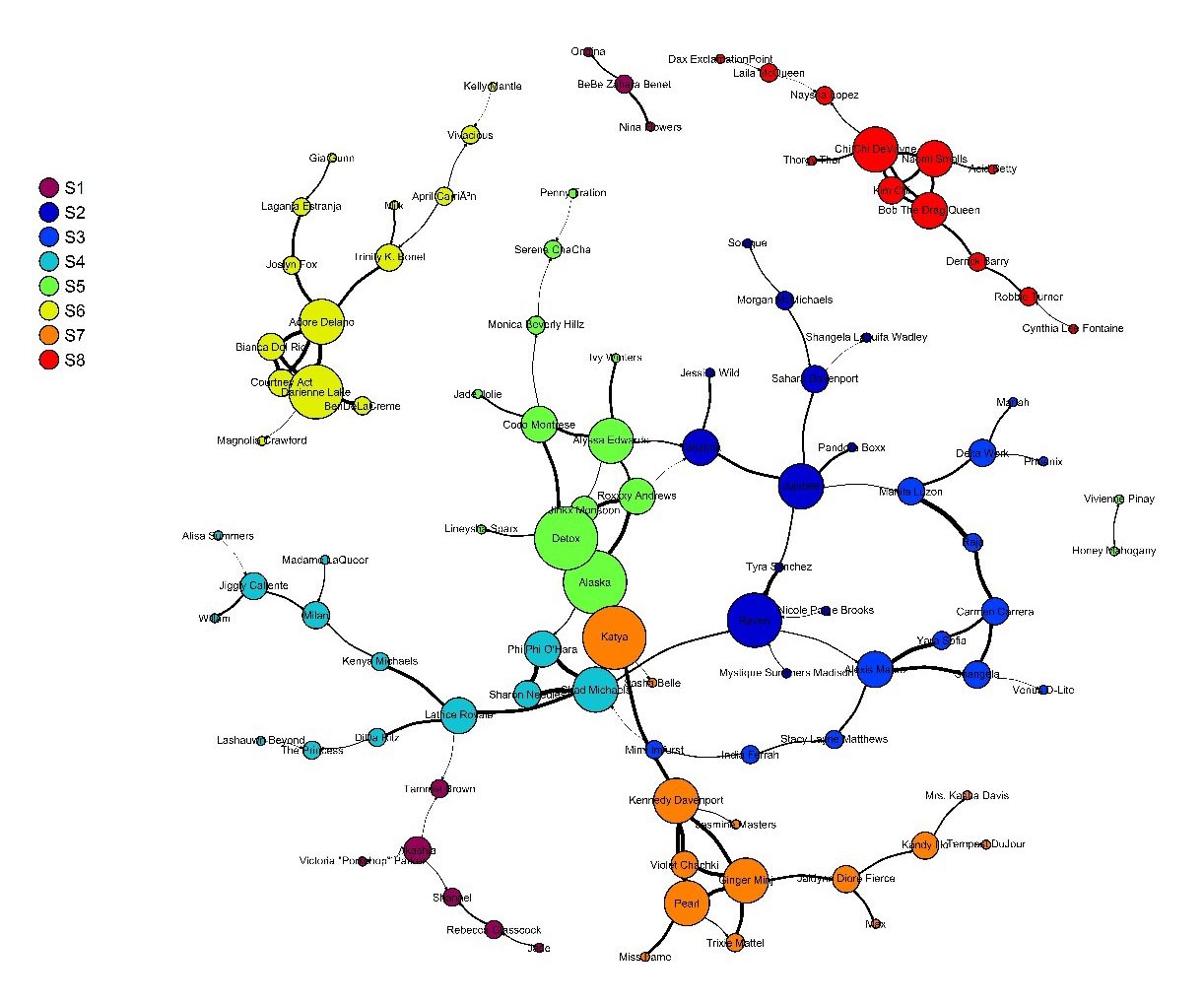
In this network, we now see interconnectedness between all seasons except six and eight. No queens from season eight have been featured on any season of All Stars. Season 6 would be connected, but Season 6 star, Adore Delano left All Stars 2 before any lip sync interactions could occur, suffering from an emotional break down after a harsh critique for wearing a tacky shift dress in the first episode.
This network has a density of 0.0242 and a modularity of 0.788. When we look at the network when we cluster it by the modularity maximization algorithm we see 10 communities. These maintain season identities and include a few isolated communities. However we do see some queens mixing with other seasons due to their All Stars interactions, for example Katya, who’s association becomes stronger with Season 5 queens than her own Season 7 cohort. Another interesting fact is we see Alaska, who in the network’s first iteration, takes part in no true lip syncs, becomes one of the highest frequency queens through her All Stars lip syncs alone!
Season 1-8 Lip Syncs, Final Lip Syncs, and All Stars
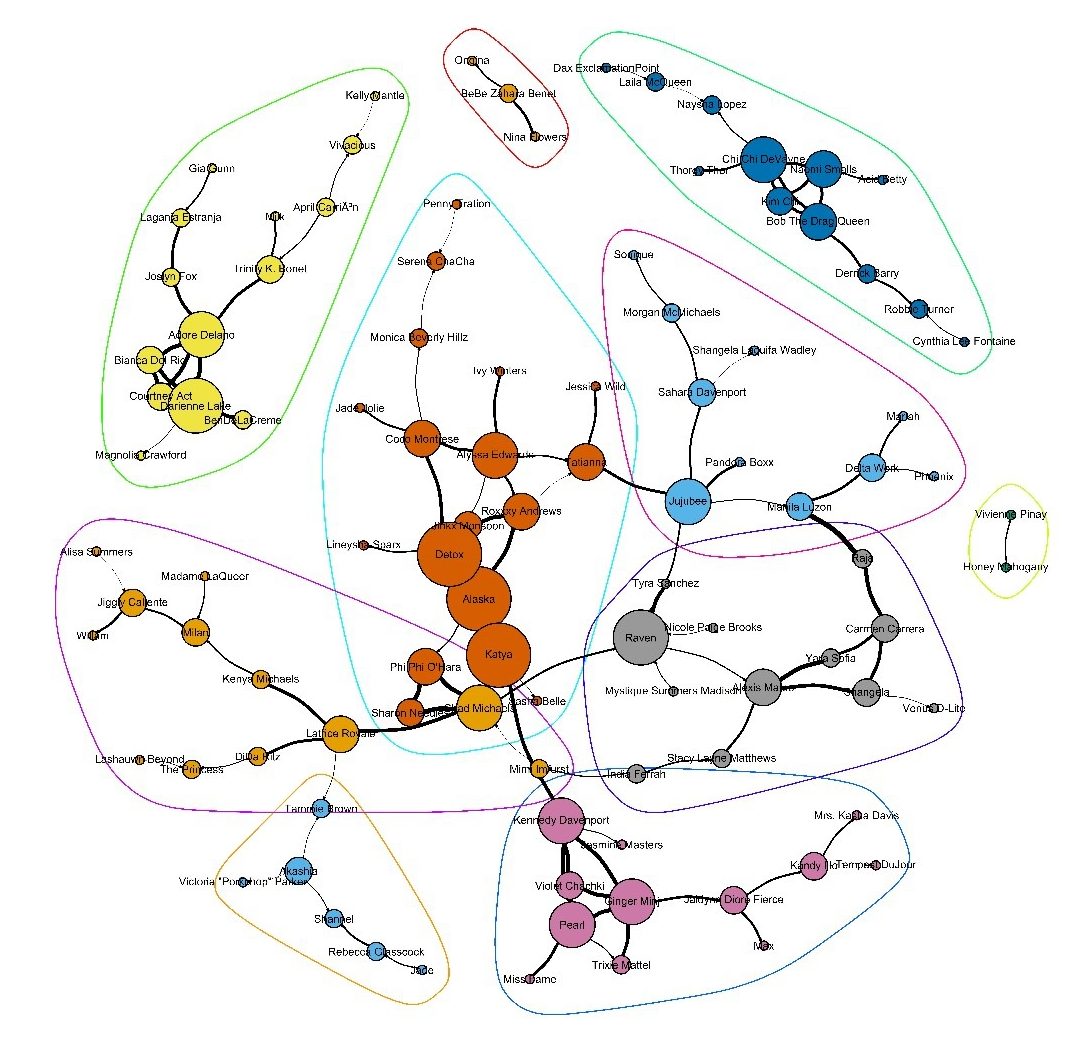
Conclusion
The lip sync is one of the most exciting moments in RPDR, and no two lip syncs are alike. Here we visualize the lip syncs in RPDR in three stages, the true lip sync battles, final episode interactions, and lastly with the two ‘cross seasonal’ seasons of All Stars. We can see discrete communities, cliques and finally a connected network emerge.
Appendices
A – Max Warburg’s Favorite Lip Syncs
Season 2. Tyra Sanchez VS. Raven – This lip sync dates back to the early days of the show where the final two queens remaining still competed in a real lip sync for the crown. This lip sync is legendary because Tyra Sanchez had never lip synced until she had to fight for the crown and less popular than fan favorite Raven, she desperately needed to win the cash prize. Everything was on the line for her. How badly Tyra wants to win is palpable in this lip sync and her performance is unforgettable. Season 8. Chi Chi Devayne VS. Naysha Lopez – This lip sync is a favorite in recent memory. At the time of this lip sync in the season, Chi Chi Devayne is slowly becoming the underdog fan favorite, but in this episode you really feel as though she might be going home. That is until she begins doing cartwheels and backflips in what is the most gymnastic lip sync of all herstory. This performance is a true joy to watch.
B – The Death Drop & My Painful Personal Journey
One of the most legendary lip sync moves is the death drop, a move requiring such extreme flexibility that only few queens can pull it off. Two variants of this exist (death drop & death splat), but in general this aerial move involves jumping into the air and kicking out your feet, landing either in a complete split or on your back with one leg out and the other tucked behind. It’s this move that has inspired me to slowly tear the muscles in hips and hamstrings for about the past year and a half. I can’t do a full split yet, but I’m closer than ever before!
